How to effectively save feed cost and reduce farming cost in aquaculture?
In fish farming production, feed cost is the largest part of the whole cost, basically accounting for about 60% to 70%. Therefore, saving feed cost is also a way to improve farming efficiency, but it must be based on reasonable and scientific methods. .
1. Choose feed with reasonable and balanced nutrients
The quality of the feed is directly related to the cost of breeding. If the quality of the feed is good, the digestible and absorbable part of the fish after eating is high, the growth rate of the fish is fast, and the feed coefficient is low. Conversely, raising fish with poor-quality feed will greatly increase the cost of farming.

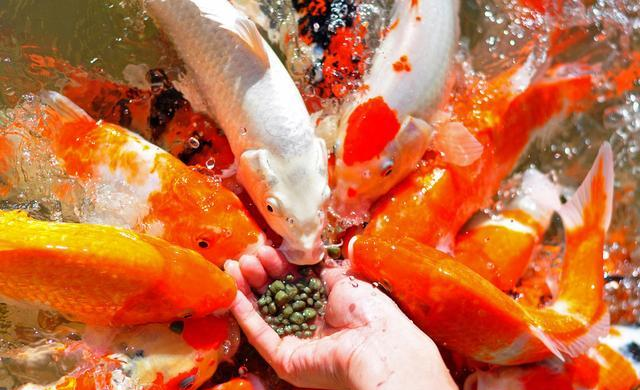
2. Scientific and reasonable feeding is an effective way to reduce feed waste and control feed cost
Feeding should be based on the principles of "four determinations" timing, fixed point, qualitative and quantitative, so as to achieve a uniform and appropriate amount, and avoid sudden more and less, resulting in oversatisfaction, hunger, indigestion, and affecting the normal digestion and absorption of fish.
The feeding amount should be determined according to water quality, weather, fish activity and feeding status.
In terms of feeding amount, the fish are generally controlled to eat "80% full", that is, 80% of the fish are full, and 20% of the fish are not very full; after 2 hours of feeding, the feed is basically eaten, and there is a little leftover, or There are also a few schools of fish swimming around in search of food. This maintains the fish school's appetite and reduces feed loss.
Reasonable determination of feeding times should be determined according to the feeding habits, growth status and feeding strength of fish. Reasonable feeding amount and frequency are beneficial to improve the digestibility of fish to feed, reduce the loss of feed in water, and reduce the feed coefficient.
Properly grasp the feeding time and choose the feeding place. The feed table should be placed on the leeward side of the pond where the water is deeper, the bottom is harder, less leakage, and more open.
The time and frequency of feeding are determined according to the species of fish, feeding habits and size.
Generally, adult fish are fed twice in the morning and evening, preferably at 8-9 o'clock in the morning and 5-6 o'clock in the afternoon.
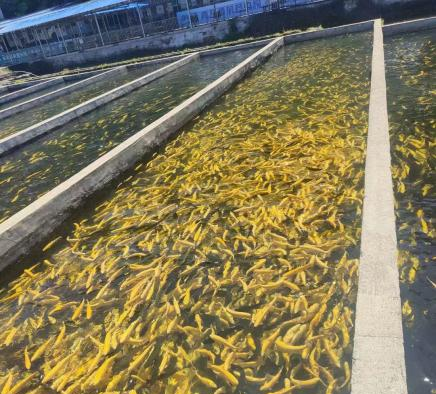
3. Healthy water quality management
Water quality management is very important, as the saying goes: 'Three minutes of species, seven minutes of management. ’ Pipe refers to water quality management. Pond water quality conditions have an important impact on fish feed coefficient.
Generally speaking, in water bodies with no pollution, fresh water, and sufficient dissolved oxygen, fish have a large food intake, strong appetite, high feed utilization rate, fast growth rate, and small feed coefficient.
Among the various physical and chemical factors of pond water quality, the amount of dissolved oxygen in the water body is the biggest factor affecting the feed. If the dissolved oxygen in the water body is sufficient, the growth and metabolism of the fish body will be vigorous, the digestion time for the feed will be greatly shortened, and the growth rate index of the fish will increase. coefficient is negative.
According to experiments by aquaculture experts, when the dissolved oxygen in water drops from 7.6 mg/ton to 3.1 mg/ton, the feed factor increases by 5.6 times, while the growth rate decreases by 9 to 10 times.
In addition, within a certain water temperature range, the consumption of fish feed is directly proportional to the increase in water temperature. Within a certain range of water temperature, for every 1°C increase, the feeding rate of fish with the same body weight will increase by 0.1% to 0.5%.
Therefore, the same fish size has different feeding rates at different water temperatures.
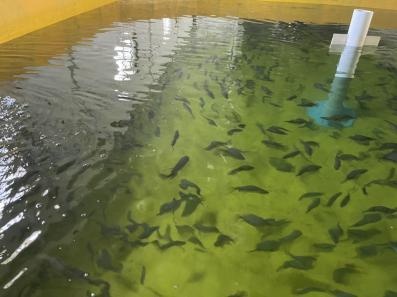
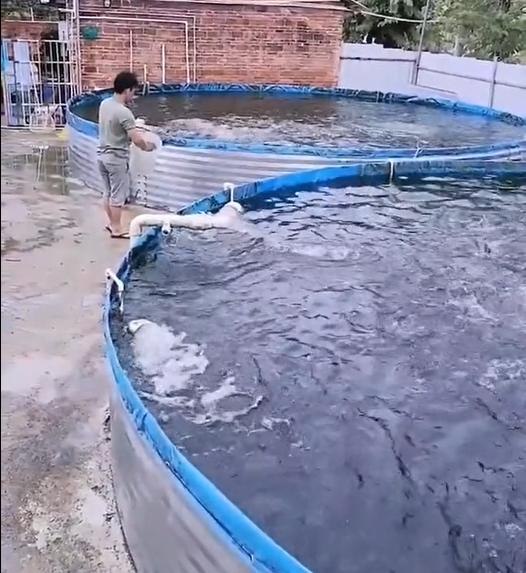
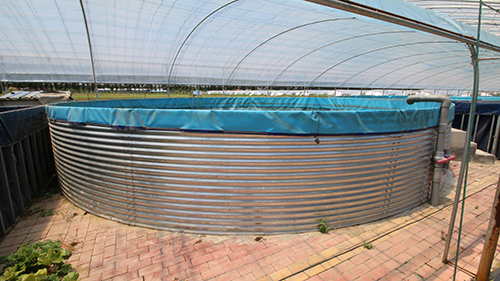

Tel.: +86 17864390557





